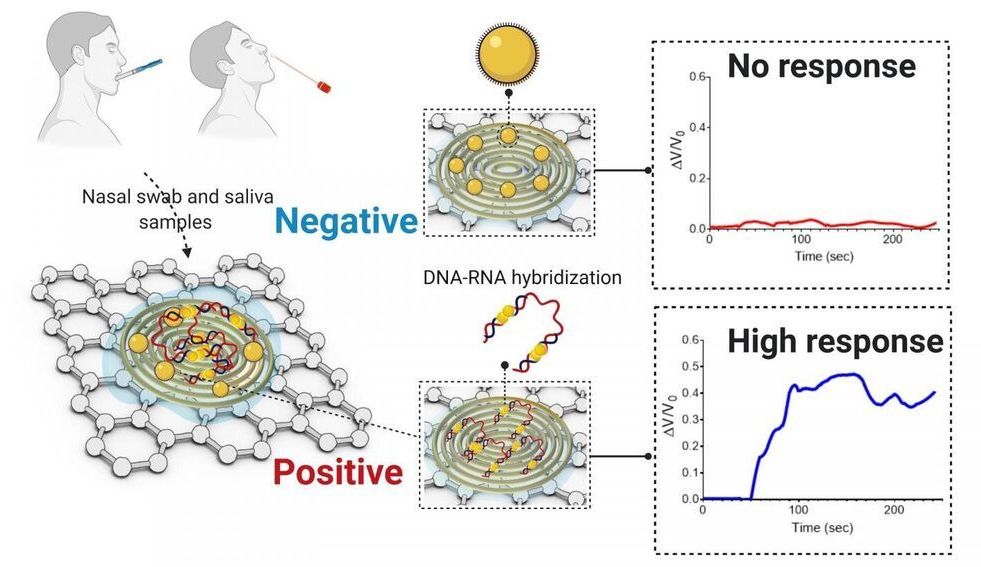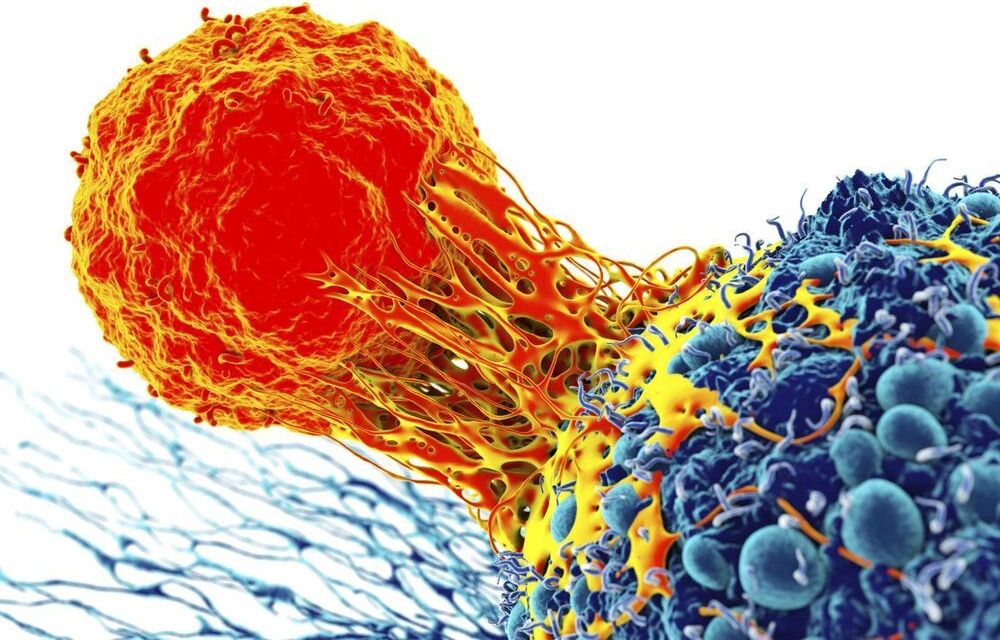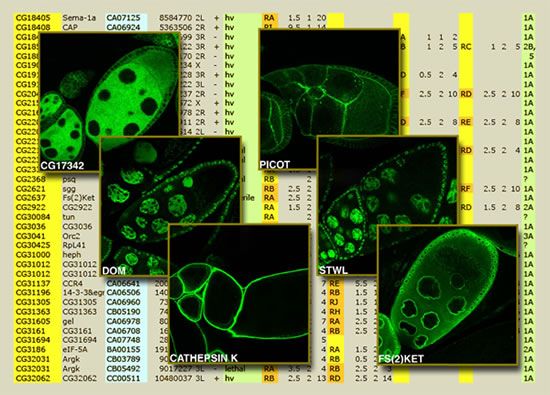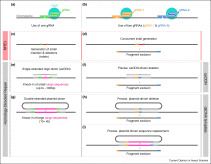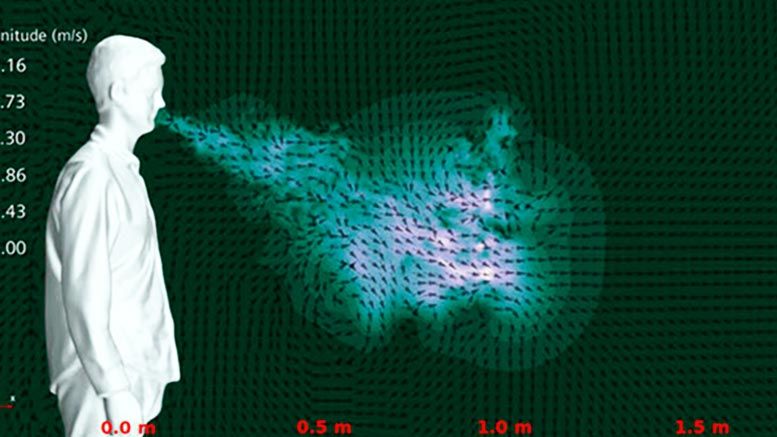Dr yu shrike zhang phd is assistant professor at harvard medical school and associate bioengineer at brigham and women’s hospital.
Dr. Zhang’s research interests include symbiotic tissue engineering, 3D bio-printing, organ-on-a-chip technology, biomaterials, regenerative engineering, bioanalysis, nanomedicine, and biology.
His scientific contributions have been recognized by over 40 regional, national and international awards. He has been invited to deliver more than 110 lectures worldwide, and has served as reviewer for more than 500 manuscripts for as many as 50 journals.
Dr. Zhang is serving as Editor-in-Chief for Microphysiological Systems, and is Associate Editor for Bio-Design and Manufacturing, Nano Select, Aggregate, and Essays in Biochemistry.
He is also on the Editorial Board of Biofabrication, Bioprinting, Advanced Healthcare Materials, Discover Materials, BMC Biomedical Engineering, Materials Today Bio, and Chinese Chemical Letters, the Editorial Advisory Board of Heliyon and Biomicrofluidics, the International Advisory Board of Advanced NanoBiomed Research and Advanced Materials Technologies, and the Advisory Panel of Nanotechnology.
Dr. Zhang has his PhD in Biomedical Engineering from Georgia Institute of Technology / Emory, his M.S. in Bioengineering and Biomedical Engineering from Washington University in St. Louis, and his B.Eng. in Biomedical Engineering Southeast University in China.
